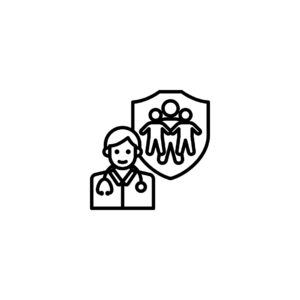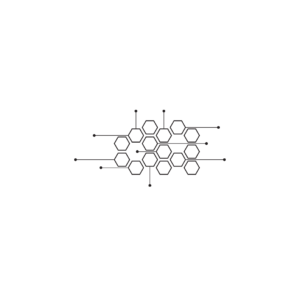Description
An Advanced Diploma in Vision Technician program is designed to prepare students for a career in the field of optometry and eye care. This program focuses on equipping students with the skills necessary to support optometrists and ophthalmologists in the diagnosis and treatment of eye conditions, as well as in providing patient care.
Course Details:
Duration: Typically ranges from 1 to 2 years, depending on the institution and whether the program is full-time or part-time.
Eligibility: A high school diploma or equivalent is generally required, with preference for candidates who have completed some science coursework, particularly in biology or health sciences.
Mode of Study: The program usually includes a combination of classroom instruction, practical lab work, and clinical placements.
Curriculum:
The curriculum for an Advanced Diploma in Vision Technician normally encompasses the following key components:
1. Introduction to Vision Care
Role of a Vision Technician: Understanding the responsibilities, including assisting optometrists, performing eye tests, and supporting patient education.
Overview of Eye Care Settings: Familiarization with various healthcare settings such as optometry clinics, hospitals, and optical retail.
2. Human Anatomy and Physiology of the Eye
Eye Structure and Function: In-depth study of the anatomy of the eye, including the cornea, lens, retina, and associated structures.
Visual Physiology: Understanding how vision occurs, including processes like refraction and neurophysiology of sight.
3. Optometric Testing Procedures
Visual Acuity Tests: Techniques for measuring visual acuity using various charts and equipment, including Snellen and logMAR charts.
Refraction Techniques: Learning the basics of performing refraction tests to assess refractive errors such as myopia, hyperopia, and astigmatism.
4. Ocular Disease and Pathology
Common Eye Conditions: Overview of conditions such as cataracts, glaucoma, diabetic retinopathy, and macular degeneration, including their symptoms and management.
Basic Pharmacology: Introduction to medications used in eye care, including dilating drops and topical anesthetics.
5. Patient Care and Communication
Effective Patient Interaction: Techniques for communicating clearly with patients, explaining procedures, and addressing their concerns.
Patient Education: Educating patients about eye health and preventive care, and assisting in the management of chronic conditions.
6. Vision Rehabilitation and Assistive Devices
Low Vision Aids: Understanding the types of assistive devices and resources available for patients with low vision or blindness.
Rehabilitation Techniques: Familiarity with rehabilitation strategies for patients with visual impairments.
7. Clinical Practices
Hands-On Training: Opportunities for practical experience in clinical settings, applying skills learned in the classroom under supervision.
Team Collaboration: Emphasis on working with optometrists, ophthalmologists, and other healthcare professionals to provide comprehensive patient care.
8. Optical Dispensing and Lensometry
Optical Measurements: Skills in taking measurements for eyeglass fittings and understanding frame selection and lens types.
Lensometry: Learning to use lensometers to verify prescriptions and assess lens quality.
9. Ethics and Legal Aspects
Patient Confidentiality: Understanding the legal responsibilities regarding patient privacy and confidentiality, including relevant laws like HIPAA.
Ethical Considerations: Examining ethical dilemmas faced in eye care and the importance of professionalism.
10. Professional Development and Certification
Continuing Education: Emphasizing the importance of lifelong learning and staying current with advances in eye care technology and methods.
Certification Preparation: Guidance on preparing for certification exams and the benefits of obtaining professional credentials.
Assessment:
Assessment methods may include:
Practical Skills Evaluations: Demonstrating competencies in performing vision assessments and patient interactions.
Written Exams and Assignments: Assessing theoretical knowledge through quizzes, essays, and various assessments.
Clinical Performance Assessments: Evaluations during clinical placements to assess the ability to perform hands-on skills and professional conduct.
Career Opportunities:
Graduates of an Advanced Diploma in Vision Technician can pursue various roles, including:
Vision Technician: Assisting optometrists in clinical settings and performing various eye tests and patient care tasks.
Optical Dispenser: Working in optical retail environments, fitting glasses, and providing customer service regarding eyewear.
Ophthalmic Assistant: Supporting ophthalmologists in clinical environments, assisting in surgical procedures, and patient management.
Low Vision Therapist: Working with individuals with visual impairments to help them maximize their remaining vision and improve their quality of life.
This advanced diploma program equips students with the critical skills and knowledge required to excel in the field of vision care, ultimately contributing to better patient outcomes and eye health awareness. If you have any further questions or would like more specific information about the program, feel free to ask!









